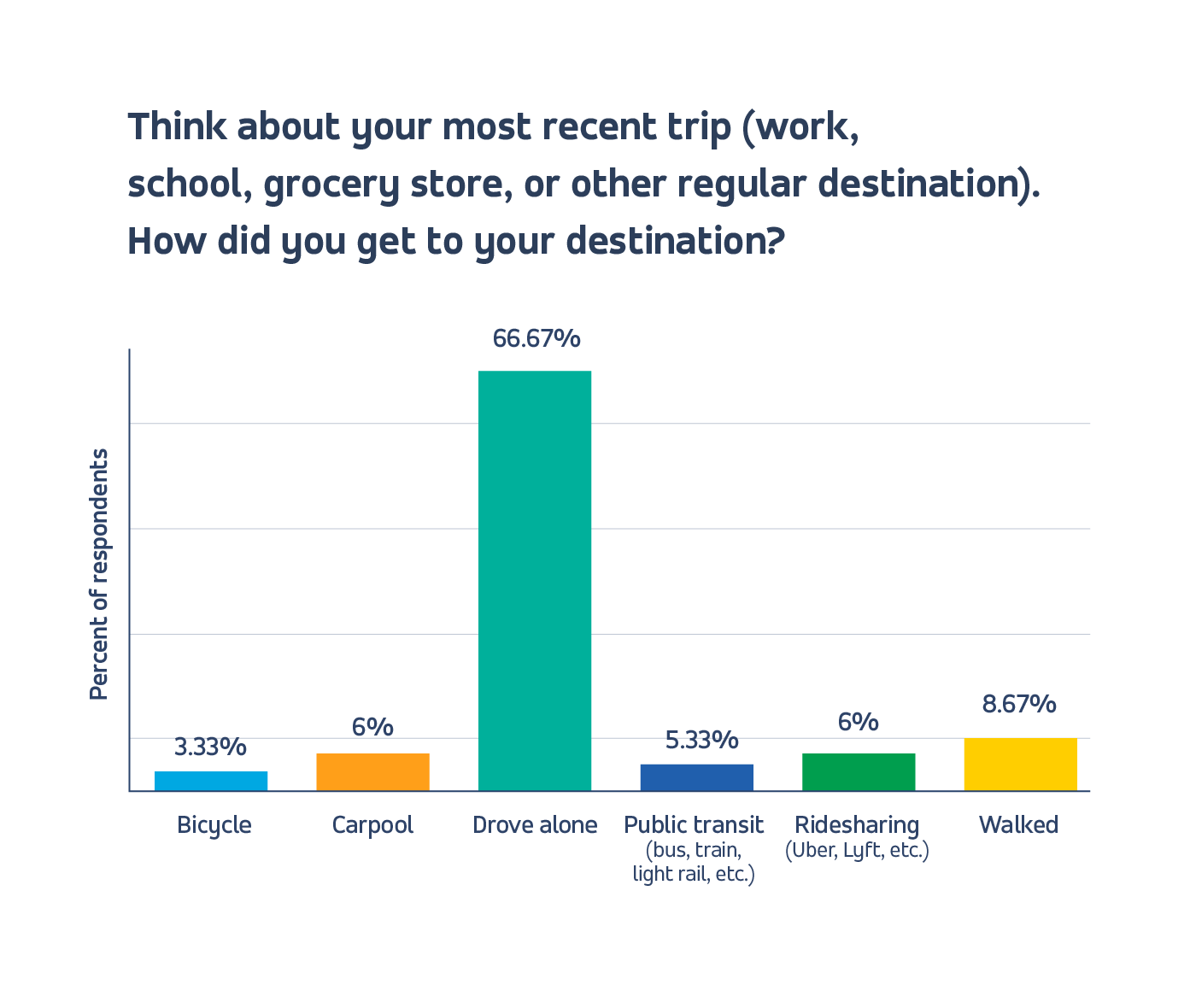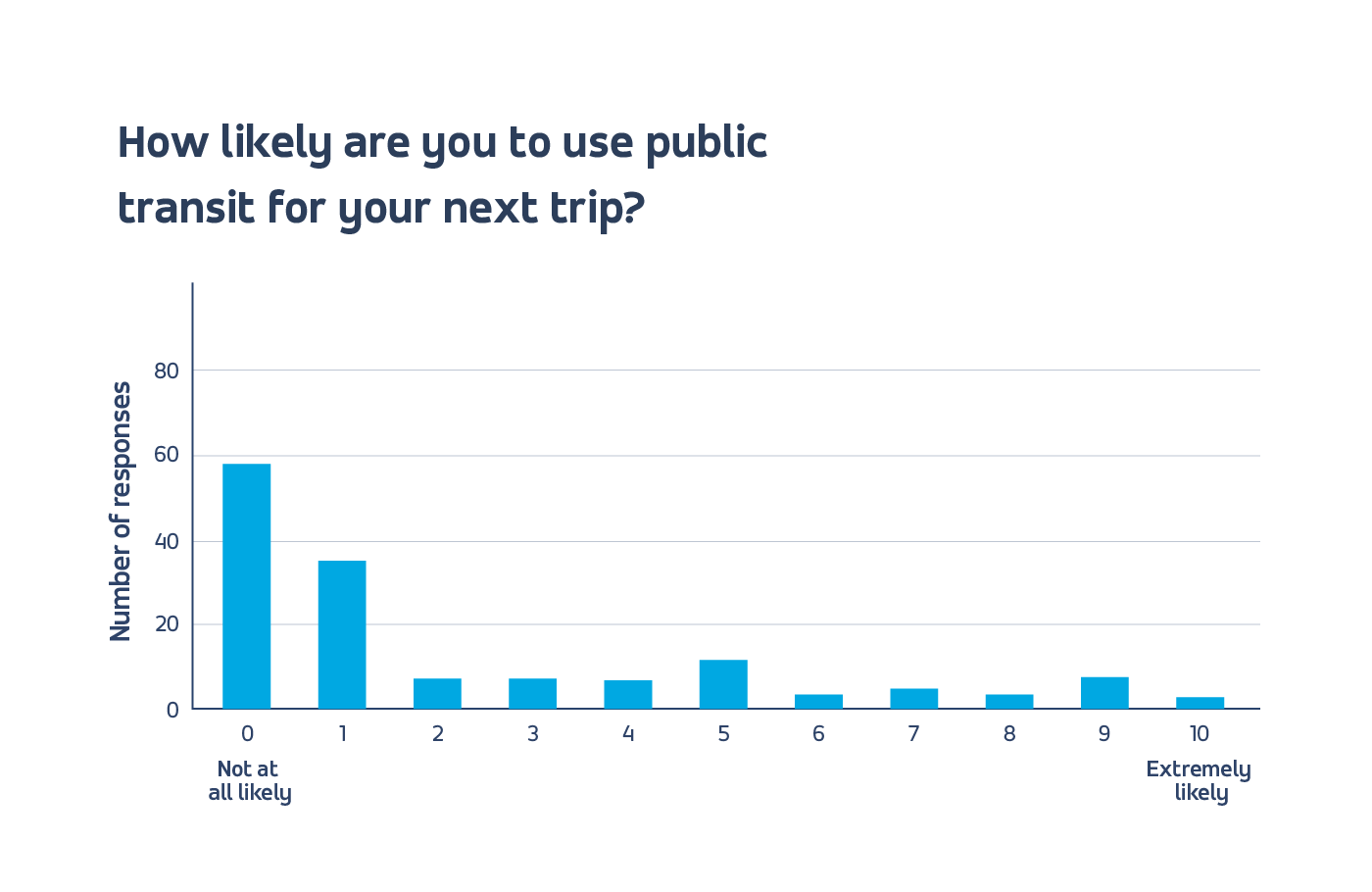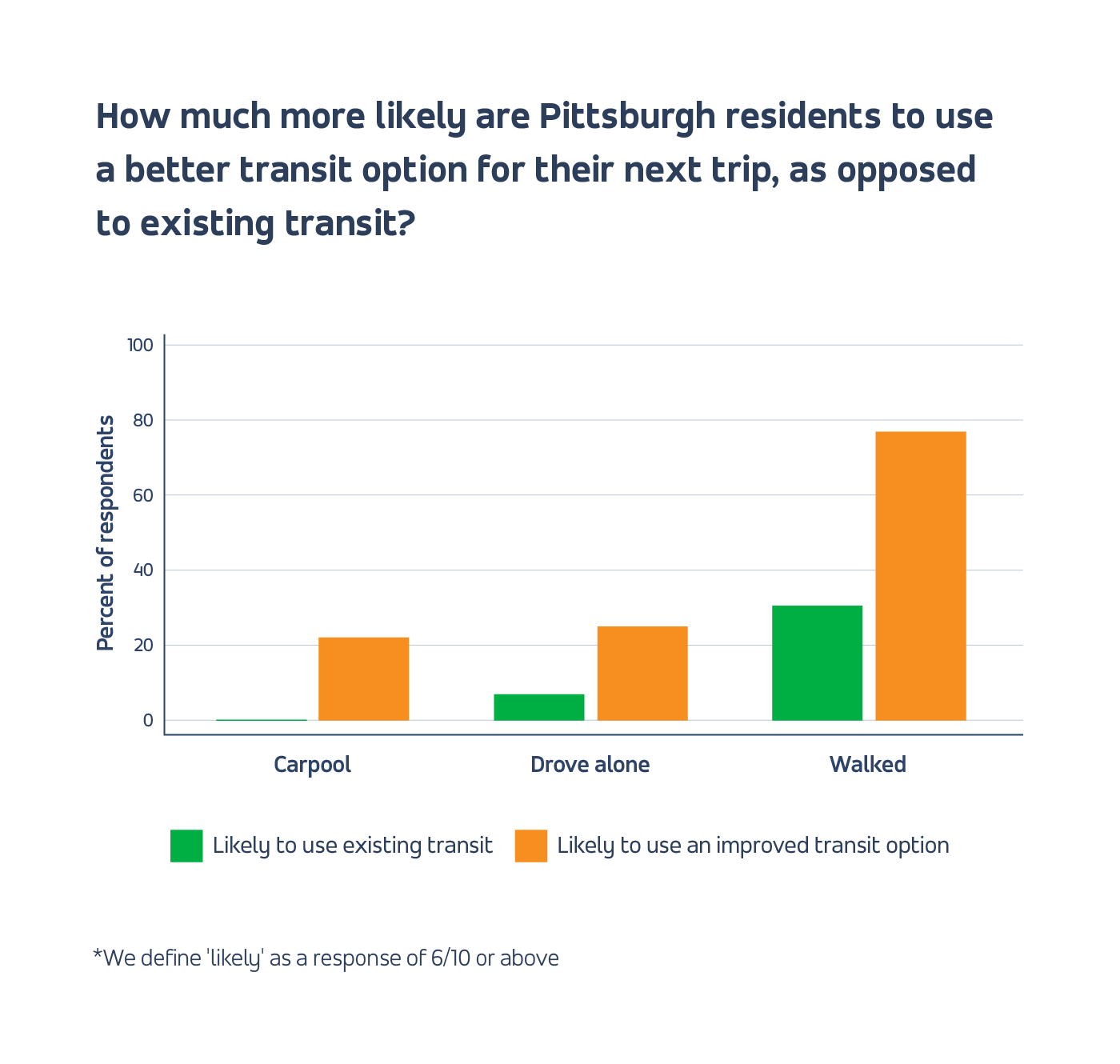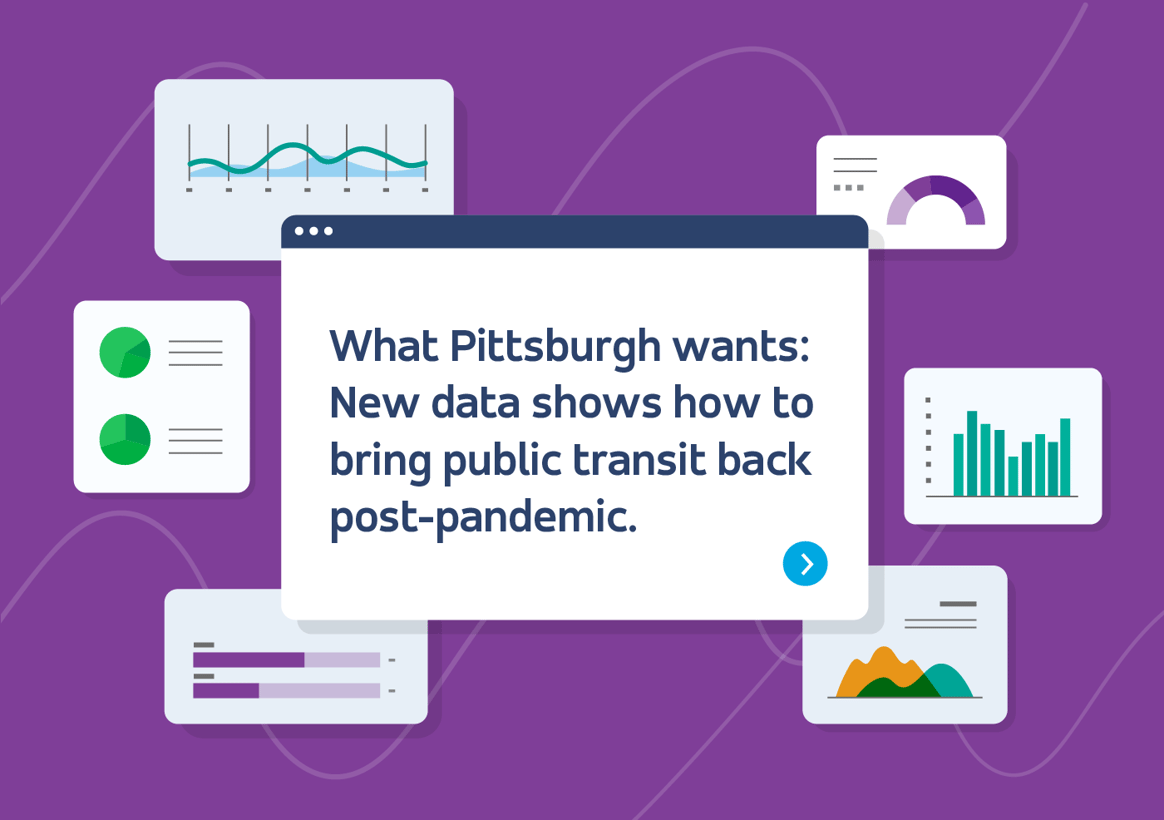There’s been a lot of talk about declining public transit ridership across the United States — specifically, the 5% overall dip in ridership over the past decade. While there’s surely been cause for concern in most major US cities, there’s one city that’s seemingly been doing everything right: Pittsburgh, Pennsylvania. Pittsburgh’s transit agency, Port Authority of Allegheny County (PAAC), is the 26th largest in the US, and yet it maintains an enviable trait for mid-sized cities across the country. PAAC has successfully subverted the country’s downward transit trends by consistently upping its ridership numbers over the past few years. In 2018, while the US saw a 1.8% decrease in public transit ridership, PAAC saw an increase of almost 2%.
But not even the best transit planners and operators could have foreseen the devastation of COVID-19, and Pittsburgh, unfortunately, has not been immune. In March and April, PAAC experienced 80% fewer passengers than the same months in 2019, and in October, bus ridership and light rail ridership still measured 68% and 78% lower than a year prior, respectively. With some light-touch, tech-enabled enhancements, PAAC can accelerate a return to pre-COVID demand levels. Yet the transit authority’s newly-released NexTransit Existing Conditions Report indicates that the same inventive thinking that has kept PAAC at the top of its game for so long might also be the key for ridership to bounce back. The report shows transit leaders thinking seriously about the potential for microtransit and other TransitTech innovations to extend their reach and improve service for riders. As the authors note, this could be through simply adopting on-demand planning and routing software, investing in a turnkey operational and technological solution, or something in between.
But in the age of COVID-19, could this still be the solution to growing transit ridership in Pennsylvania’s second largest city? In October 2020, we conducted a survey of 150 Pittsburgh residents, hoping to understand attitudes towards public transit — including how likely residents would be to start using public transportation if it got an upgrade. We found that, with some light-touch, tech-enabled enhancements, PAAC can accelerate a return to pre-COVID demand levels in the short-term and, as consumer preferences continue to lean towards increased convenience, even exceed these levels in the long-term.
How Pittsburgh moves.
The vast majority of survey respondents report that, for the last trip they took, they reached their destination by driving alone (66.67%). Only 5.33% of respondents report taking public transit, fewer than those who opted for an Uber, Lyft, or other private rideshare option instead (6%). In short, nearly three quarters of respondents prefer traveling in a single-occupancy vehicle.  We then asked participants how likely they’d be to take existing public transportation for their next trip, on a scale of zero (not at all likely) to 10 (extremely likely). From the graph below, it’s clear that the majority of respondents don’t currently see a reason to choose their city’s transit over other transportation options.
We then asked participants how likely they’d be to take existing public transportation for their next trip, on a scale of zero (not at all likely) to 10 (extremely likely). From the graph below, it’s clear that the majority of respondents don’t currently see a reason to choose their city’s transit over other transportation options.  That’s when we introduced the idea of a newer, better public transportation option — one that’s seeing tremendous growth in cities like Arlington, Sacramento, and even Sydney. We described this hypothetical service as one where passengers never had to walk for more than two minutes to catch a ride, were guaranteed wait times of under 10 minutes, and could reserve a socially-distanced seat: All of which are key features of on-demand microtransit.
That’s when we introduced the idea of a newer, better public transportation option — one that’s seeing tremendous growth in cities like Arlington, Sacramento, and even Sydney. We described this hypothetical service as one where passengers never had to walk for more than two minutes to catch a ride, were guaranteed wait times of under 10 minutes, and could reserve a socially-distanced seat: All of which are key features of on-demand microtransit.
Pittsburghers want a better ride.
With these tech-enabled improvements, 15% more respondents reported a high likelihood of taking transit for their next trip. Meanwhile, 16% fewer respondents reported a low likelihood of choosing transit, once these new improvements were taken into account.
But who exactly would this better transit option serve? From a sustainability and traffic congestion perspective, it’s much more meaningful to pull people out of private vehicles than it is to reduce, say, biking. And when it comes to transit equity and access to resources, cities have an opportunity to focus on giving people options besides walking, which can be incredibly time-consuming and restrictive for those with limited mobility. We found that those who walked for their most recent trip show the greatest increase in likelihood of using this improved public transit option, compared to existing transit. We also see a significant increase for those who carpooled and for the two-thirds of respondents who drove alone.
A better future for the Burgh.
It’s simple: Port Authority deserves a technology partner that will help it shine, despite the challenges of COVID-19. By integrating tech-enabled, on-demand option into its service offerings, PAAC will unlock greater ridership and growth potential, even in the midst of the pandemic.




